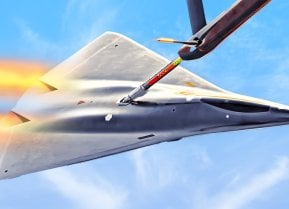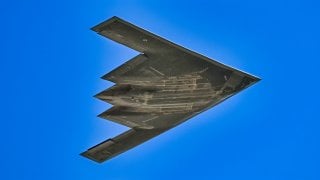Air Force Nightmare: America Only Has 19 B-2 Stealth Bombers
The U.S. Air Force's B-2 Spirit stealth bomber is a key component of America's nuclear triad, renowned for its advanced stealth technology that allows it to penetrate dense anti-aircraft defenses.
Summary and Key Points: The U.S. Air Force's B-2 Spirit stealth bomber is a key component of America's nuclear triad, renowned for its advanced stealth technology that allows it to penetrate dense anti-aircraft defenses.
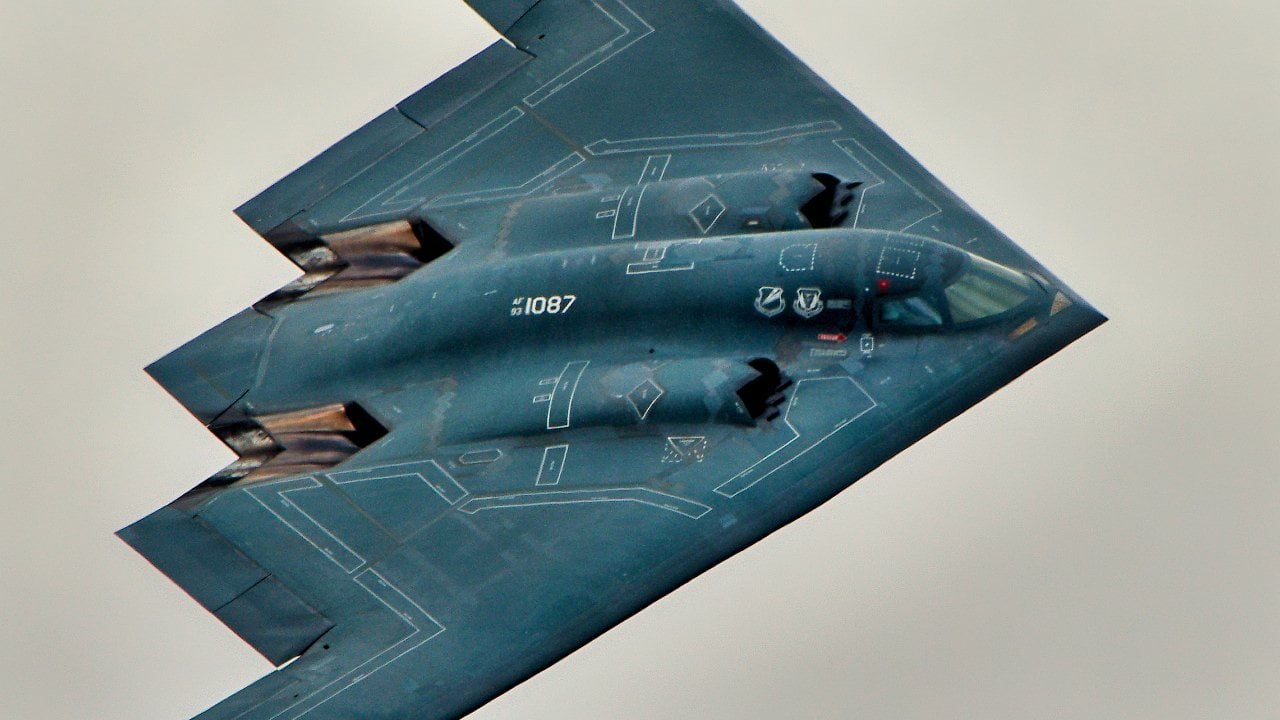
-Initially designed to address Cold War-era threats, the B-2 features a unique "flying wing" design, capable of carrying both conventional and nuclear weapons.
-While the B-2 was initially intended to be a larger fleet, only 19 of the bombers remain in service today due to budget cuts.
-With a staggering unit cost of $2.1 billion, the B-2 is the most expensive aircraft ever built, soon to be replaced by the B-21 Raider.
The Legacy and Future of America’s Iconic B-2 Spirit Stealth Bomber
The U.S. Air Force’s B-2 Spirit stealth bomber plays a significant role in America’s nuclear triad.
Capable of delivering both conventional and nuclear weapons, the multi-role bomber features low-observable stealth technology capable of penetrating even the densest anti-aircraft defenses.
Late last year, the platform’s manufacturer Northrop Grumman relayed that “three decades later, the iconic flying wing is more advanced than ever and in a class of its own,” adding that “morphing with the times, the B-2’s avionics technology, stealth and armament have evolved to ensure U.S. air dominance.”
While this statement may be true, the service’s B-2 force has dwindled significantly over the last thirty-four years.
Today, just 19 Spirits remain in service.
The origin story of the B-2 bomber:
For many years, the Air Force relied on its fleet of B-52 Stratofortress airframes to operate as its primary strategic bombers.
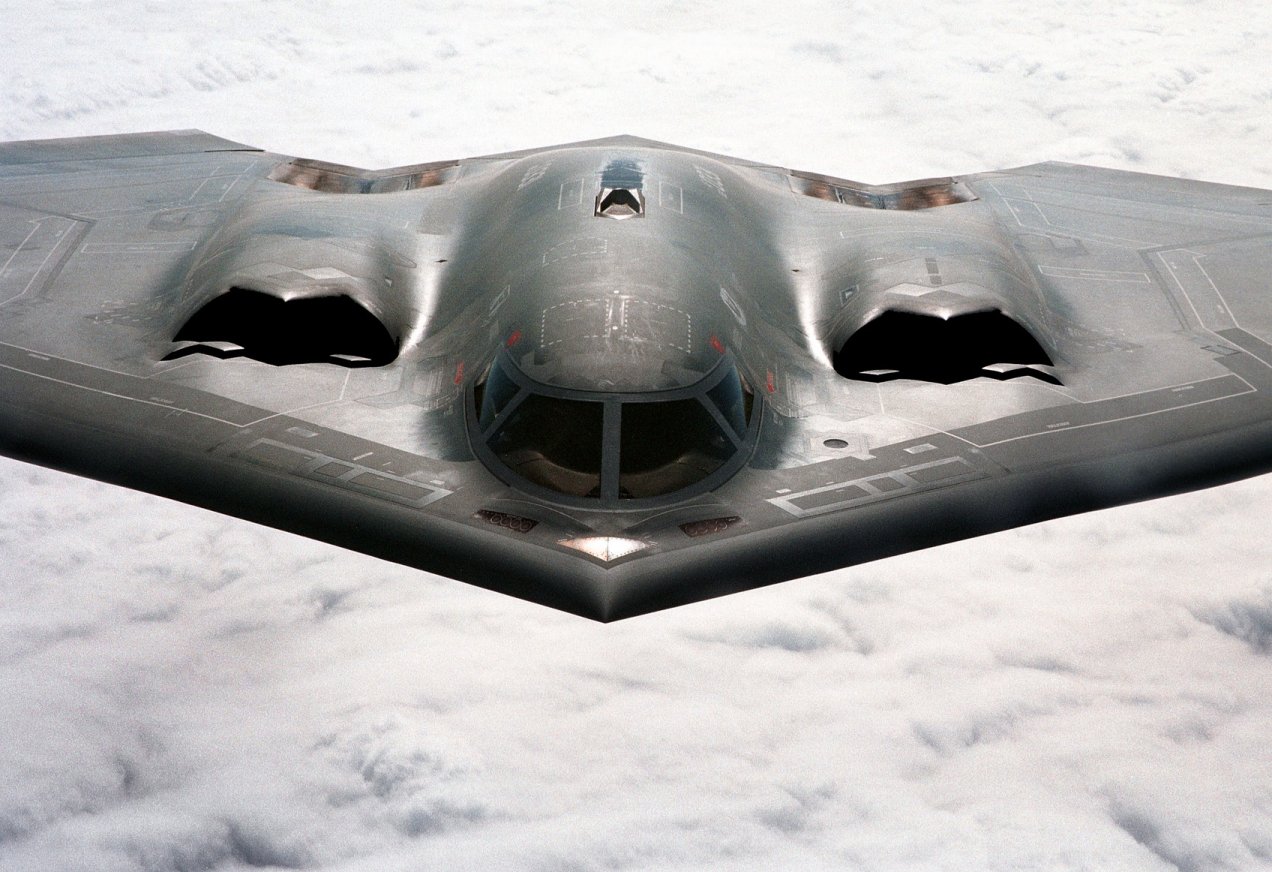
However, as the Cold War began to heat up in the 1960’s and the arms race between the U.S. and USSR was on, American officials were growing concerned with the Soviet’s developing network of high-speed interceptors and surface-to-air missiles. As a placeholder perhaps, the Air Force invested in airframes designed to penetrate hostile airspace and low altitudes.
While the F-111 and B-1 bombers were formidable, the USSR was rapidly working to advance airborne radars and doppler radars to better cover those blindspots.
By the 1970’s, the concept known today as “stealth” was growing. American engineers began to conceptualize a new airframe able to deflect or absorb radar signals in order to fly undetected and not needing to rely on radar.
By 1979, the Advanced Technology Program was initiated, funded under the code “Aurora.” Northrop Grumman’s “Senior Ice” proposal was ultimately awarded the contract to design the new bomber.
The B-2’s “flying wing” design makes the Spirit nearly invisible to radar. Capable of all-altitude attack missions with long-ranges, the B-2 can fly to any point in the world within a span of hours. In terms of armaments, the Spirit is quite the powerhouse.
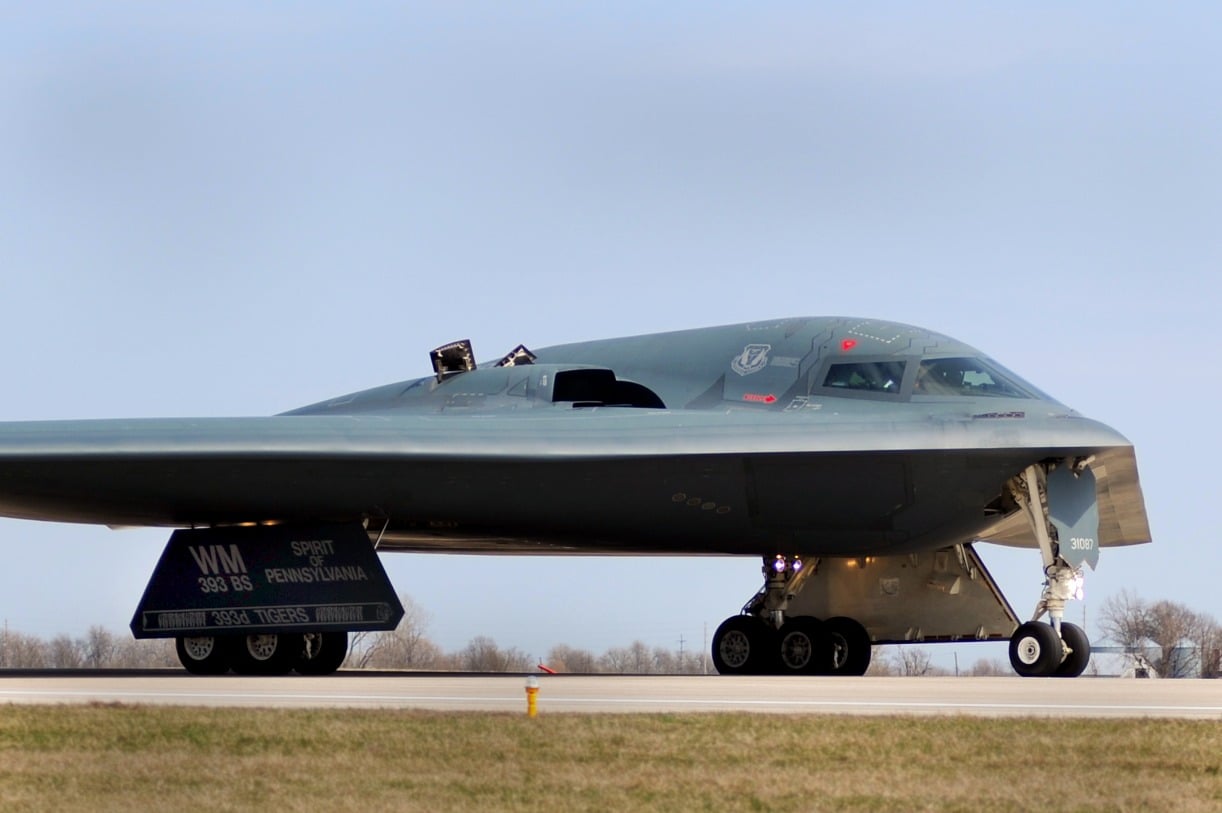
The Spirit can lug up to 40,000 pounds of weaponry within her two separate weapons bays positioned in the center. As noted earlier, the B-2 can carry both conventional and nuclear weaponry, including a host of other munitions.
As detailed by Air Force Technology, “Up to 16 satellite-guided JDAM (joint direct attack munition) missiles can be carried. Northrop Grumman is converting the B-2 bomb rack assembly to a new ‘smart’ configuration, which will increase the number of JDAMs which can be carried to a maximum of 80.”
Canceled: What Happened to the Spirit Fleet?
Initially, the Air Force’s Spirit procurement was reduced to 75 airframes. The former Bush administration cut this number down to twenty in 1992. Only 19 remain now. These changes caused the B-2’s unit price tag to surge.

Overall, the total B-2 fleet cost comes out to $2.1 billion per plane, making the platform the most expensive ever constructed.
Today, the Pentagon is laser-focused on procuring the next-generation B-21 Raider, which will eventually replace the remaining Spirit bombers.
About the Author: Maya Carlin
Maya Carlin, National Security Writer with The National Interest, is an analyst with the Center for Security Policy and a former Anna Sobol Levy Fellow at IDC Herzliya in Israel. She has by-lines in many publications, including The National Interest, Jerusalem Post, and Times of Israel. You can follow her on Twitter: @MayaCarlin.
All images are Creative Commons.
